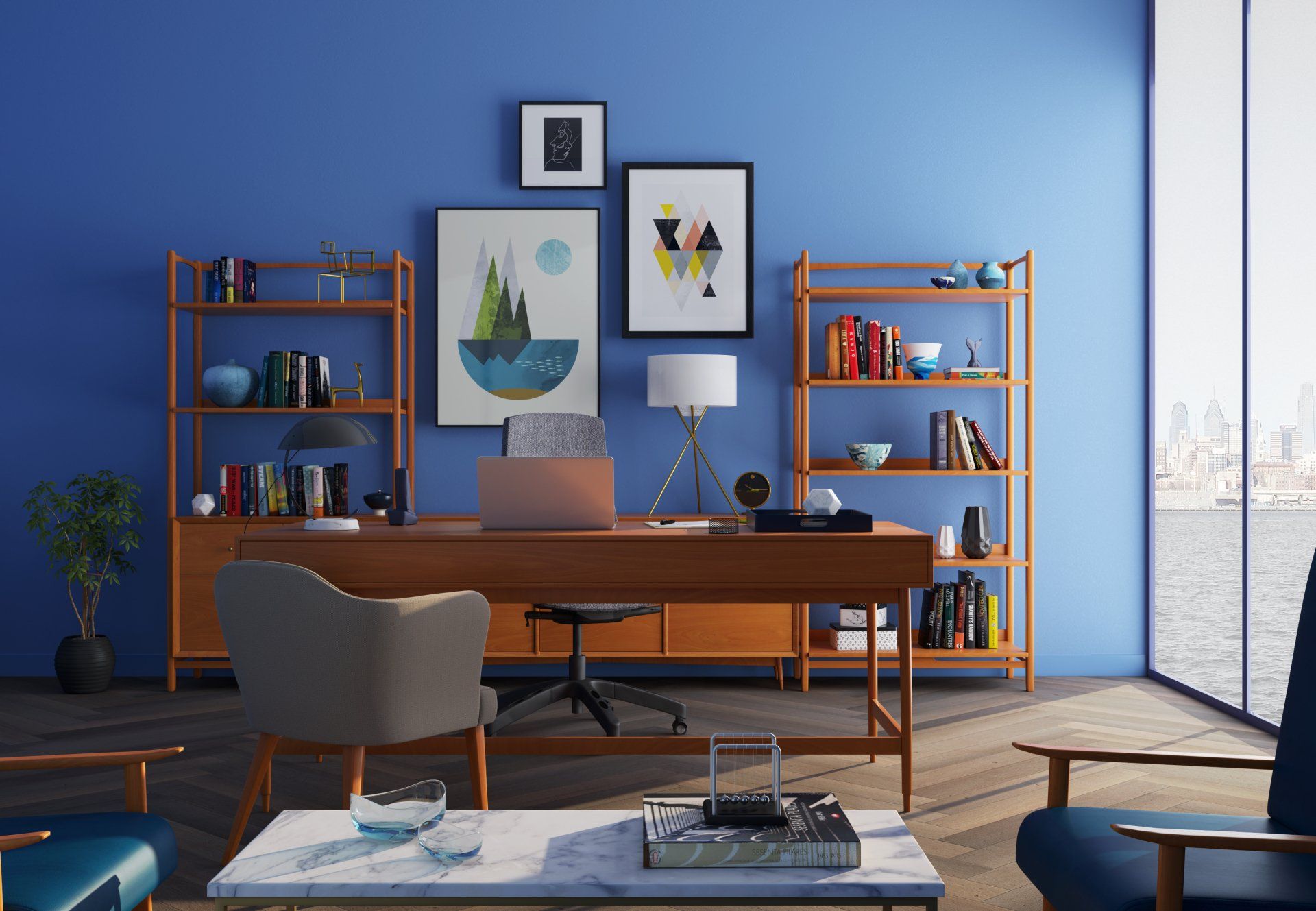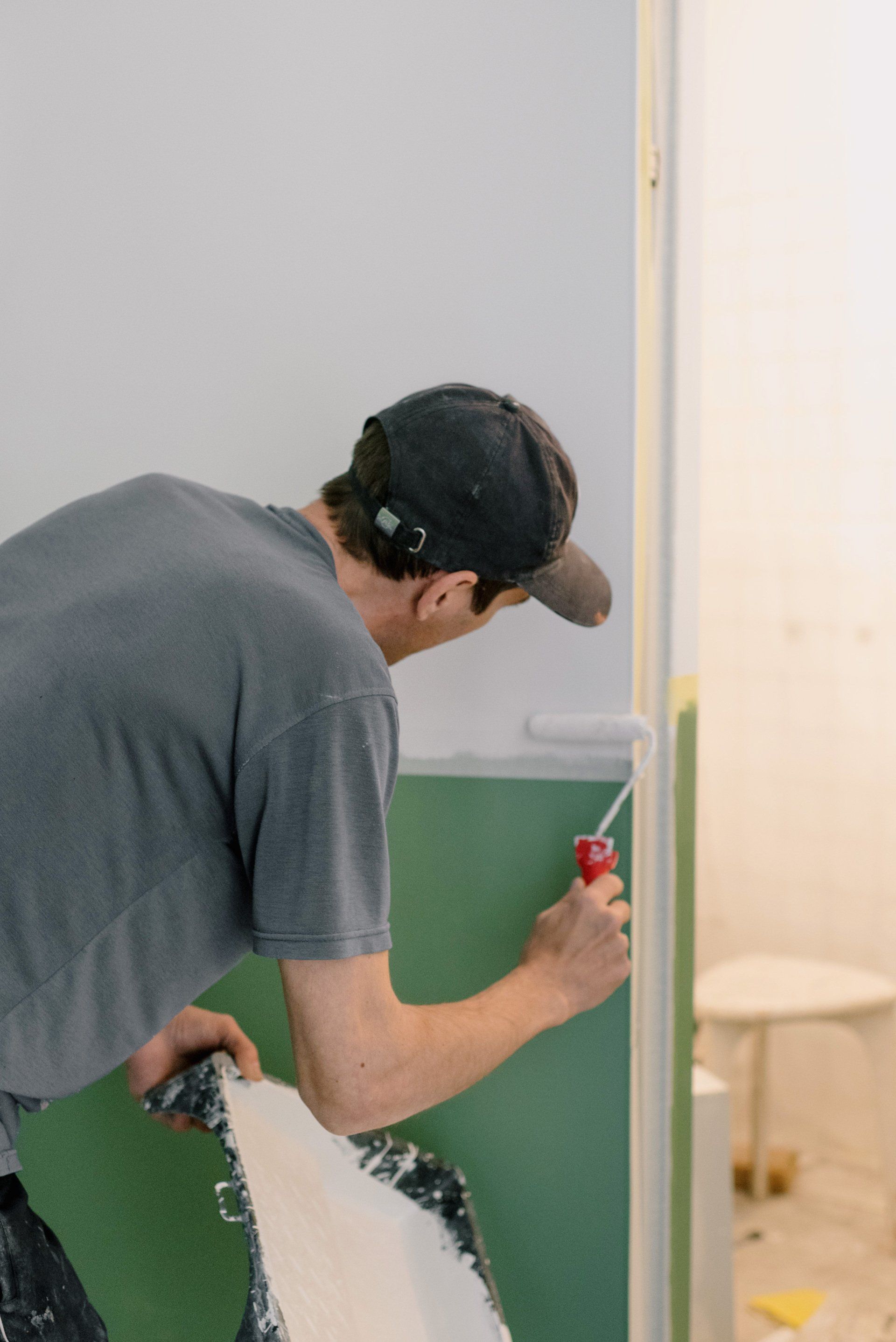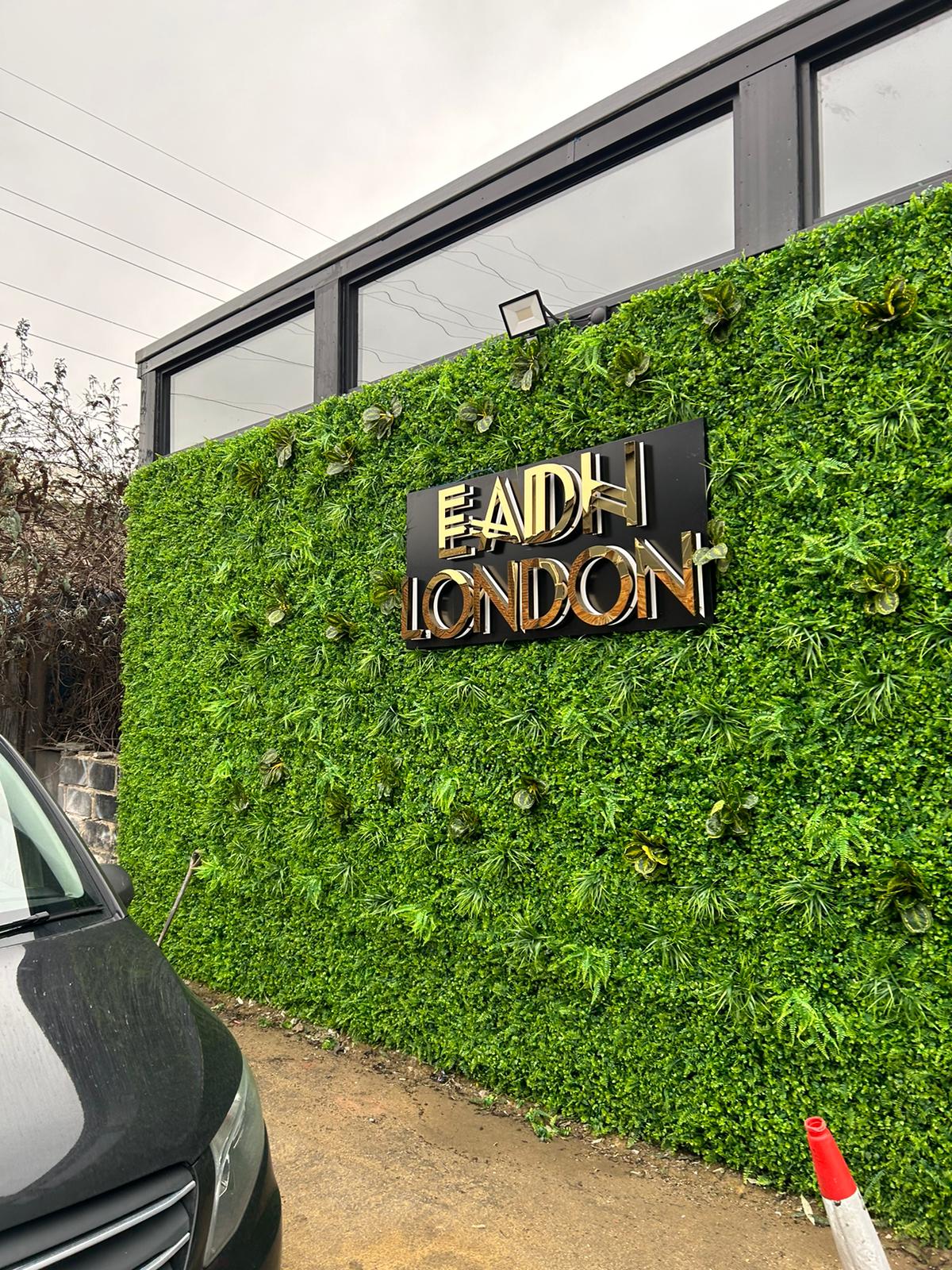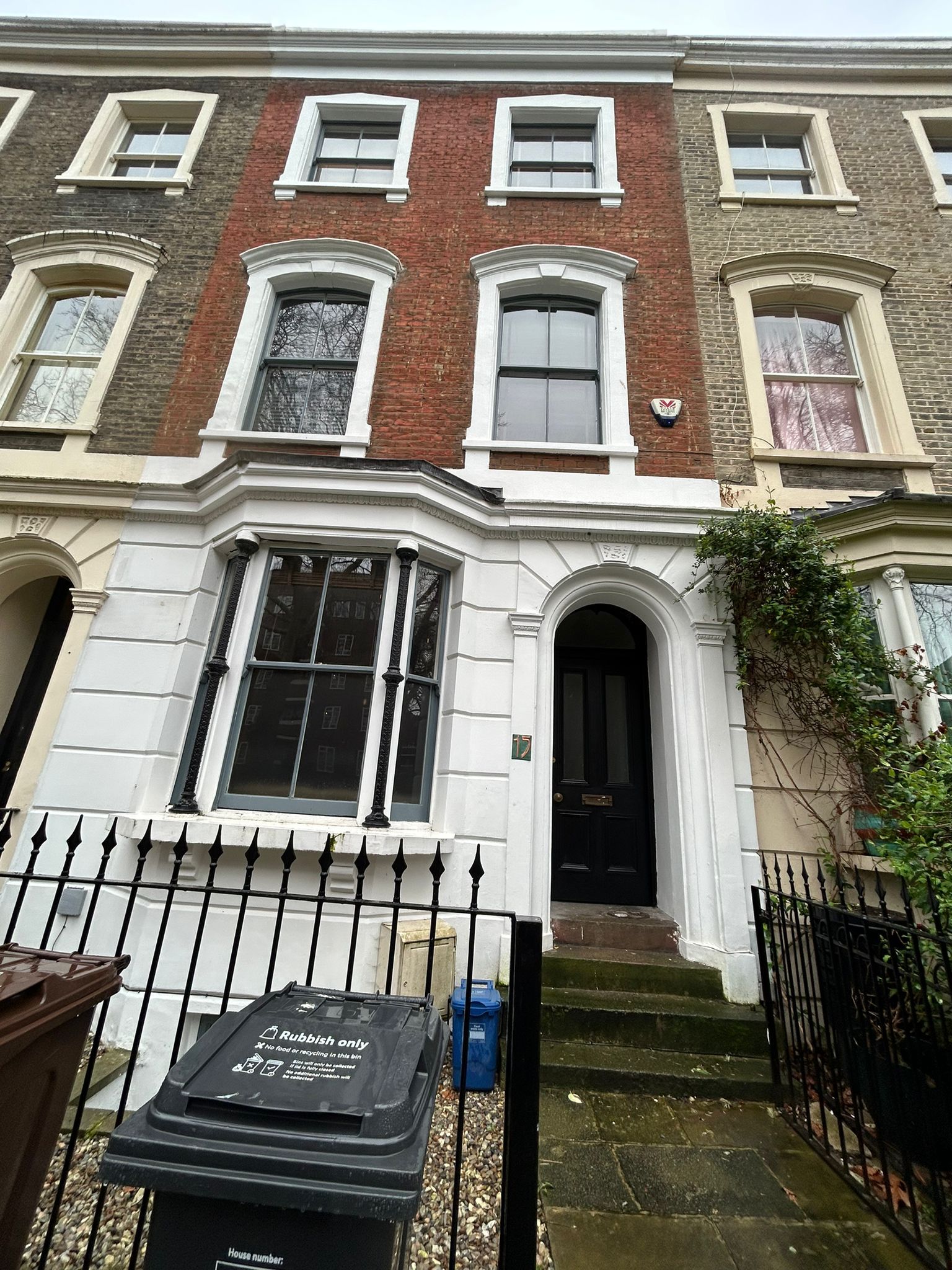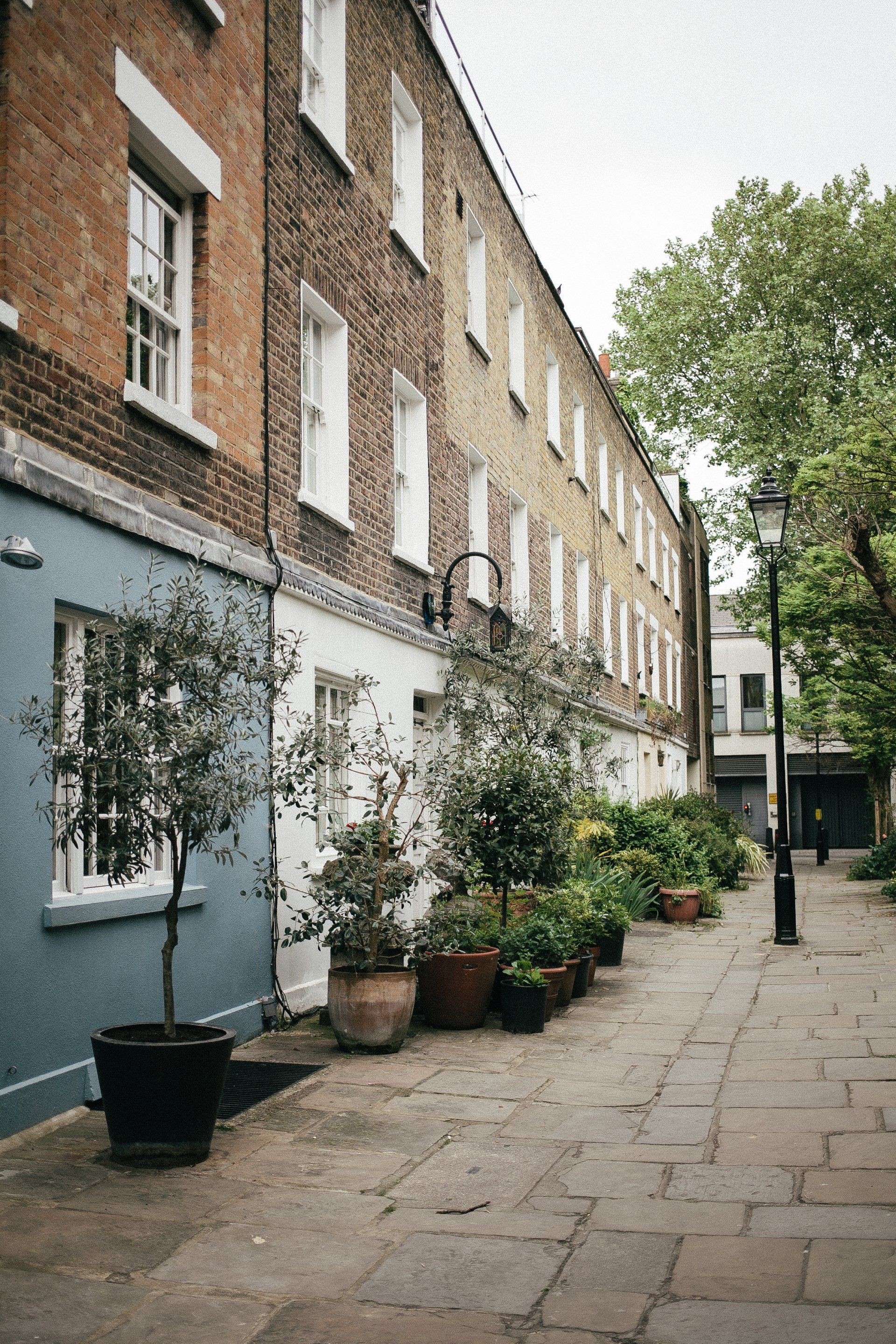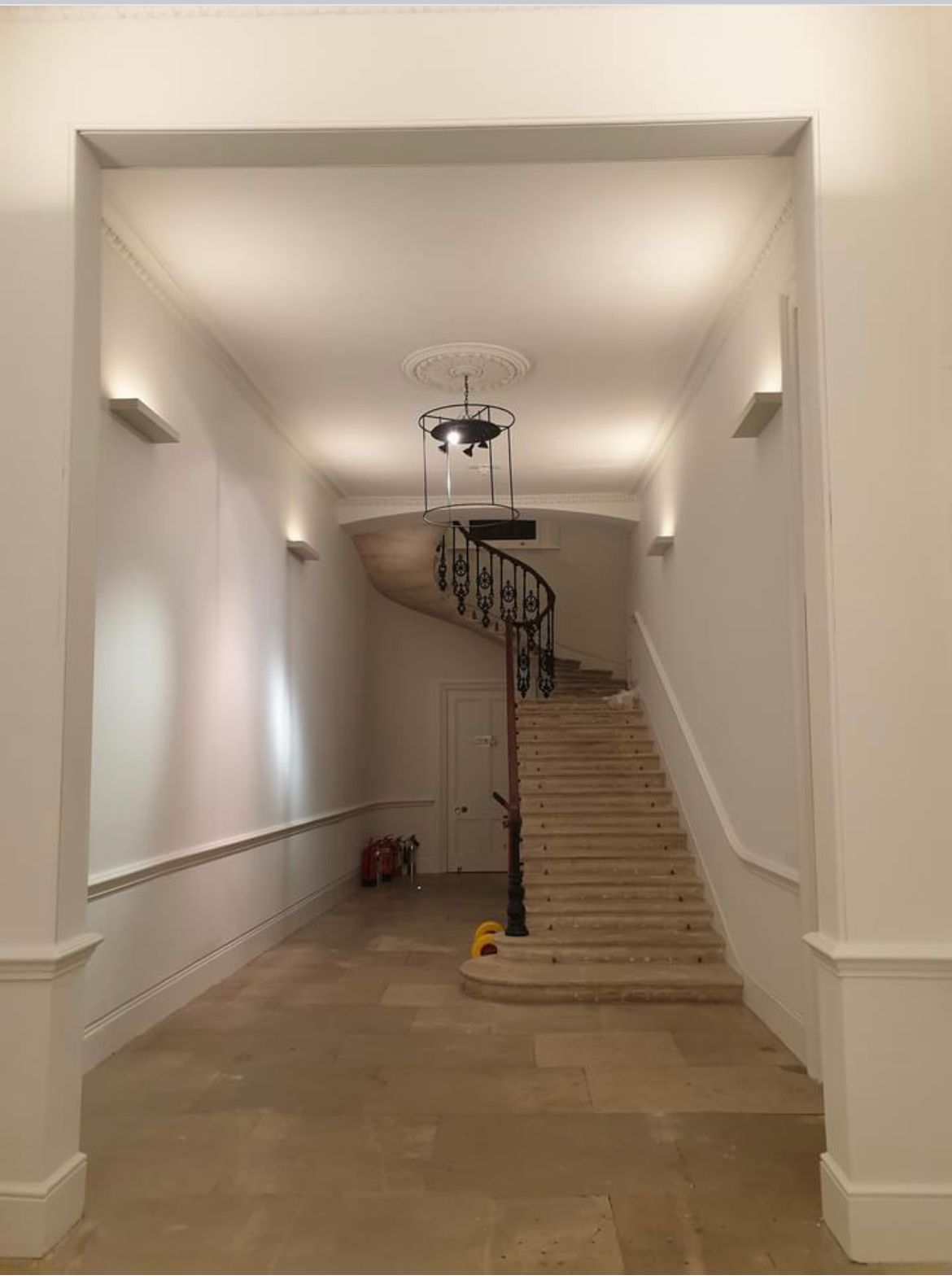Painters and Decorators London
NEWS POSTS

Is Wallpaper Back in Fashion? Absolutely — Here's Why Over the past few years, wallpaper has made a stylish comeback — and it's not the dated floral prints you might remember from your nan’s living room. From bold botanical prints to textured neutrals, wallpaper is once again a design favourite, and it's showing up in modern homes, boutique hotels, and even high-end office spaces. So, what’s driving the wallpaper revival? Let’s take a closer look. A Creative Comeback Wallpaper has evolved in both design and application. Thanks to modern printing techniques and innovative materials, today’s wallpaper options are more diverse than ever. Whether you want to make a statement with a feature wall, add depth with a textured finish, or go bold with geometric patterns, there's a wallpaper to suit every taste and room. Instagram-Worthy Interiors Interior trends on social media have had a huge influence. Homeowners are now looking for ways to add personality and style to their spaces — and wallpaper offers just that. A well-chosen print can completely transform a room, creating a high-impact look that paint alone can’t always achieve. Easier to Use Than Ever One of the reasons wallpaper went out of favour was because it was difficult to install and even harder to remove. That’s no longer the case. Peel-and-stick options and paste-the-wall papers have made installation simpler and removal far less stressful. For those who like to switch up their style frequently, this makes wallpaper a much more appealing option. Adds Texture and Warmth Wallpaper isn’t just about colour and pattern — it’s also a fantastic way to add texture. Grasscloth, linen-effect, or embossed designs add visual interest and a tactile element that paint can’t replicate. It’s particularly effective in rooms where you want to create a sense of luxury or cosiness, such as bedrooms, dining rooms, or lounges. How to Use Wallpaper in 2025 If you're thinking about incorporating wallpaper into your home, here are a few modern tips: Feature walls : One wall can make a big statement, especially behind a bed, fireplace, or in an entryway. Ceiling wallpaper : Yes, really — it can add a dramatic and unexpected twist. Small spaces : Powder rooms, hallways, and alcoves are perfect spots for bold prints. Layering with paint : Use wallpaper in combination with painted panels or wainscoting for a classic-meets-contemporary look. Let Us Help You Get It Right At Flynn & Co Painters and Decorators London , we stay on top of the latest trends in interior decorating, and we love helping clients bring their vision to life. Whether you’re considering a dramatic mural or something subtle and sophisticated, we offer professional wallpaper installation that’s clean, precise, and built to last. Thinking of adding wallpaper to your next decorating project? Get in touch today for a free consultation — and let’s bring your walls back to life.
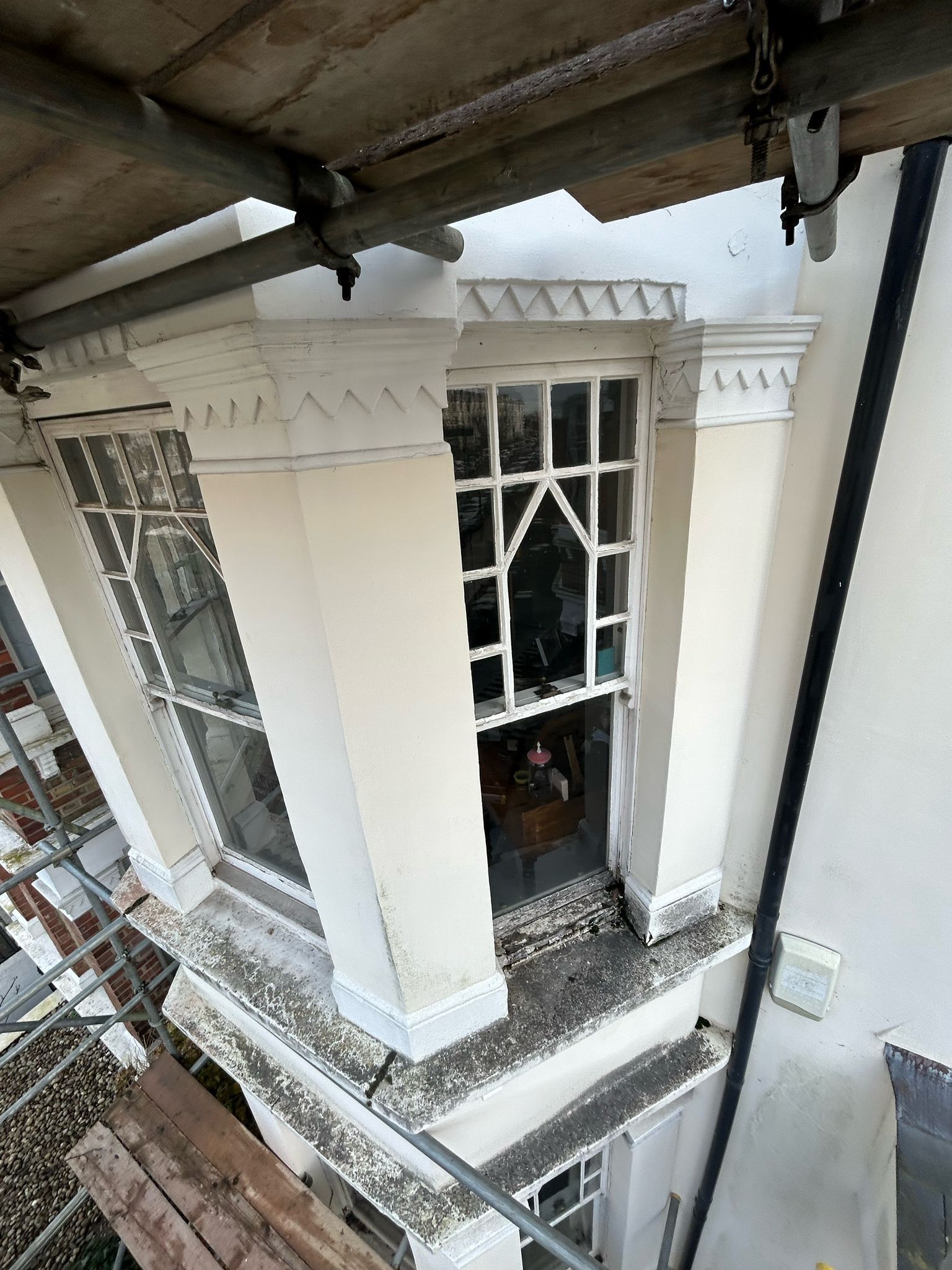
If you're planning to give your home a fresh look in 2024, understanding the costs associated with painting and decorating in London is crucial. Whether you're revamping a single room or undertaking a comprehensive home makeover, this guide will help you budget effectively by breaking down the typical expenses.
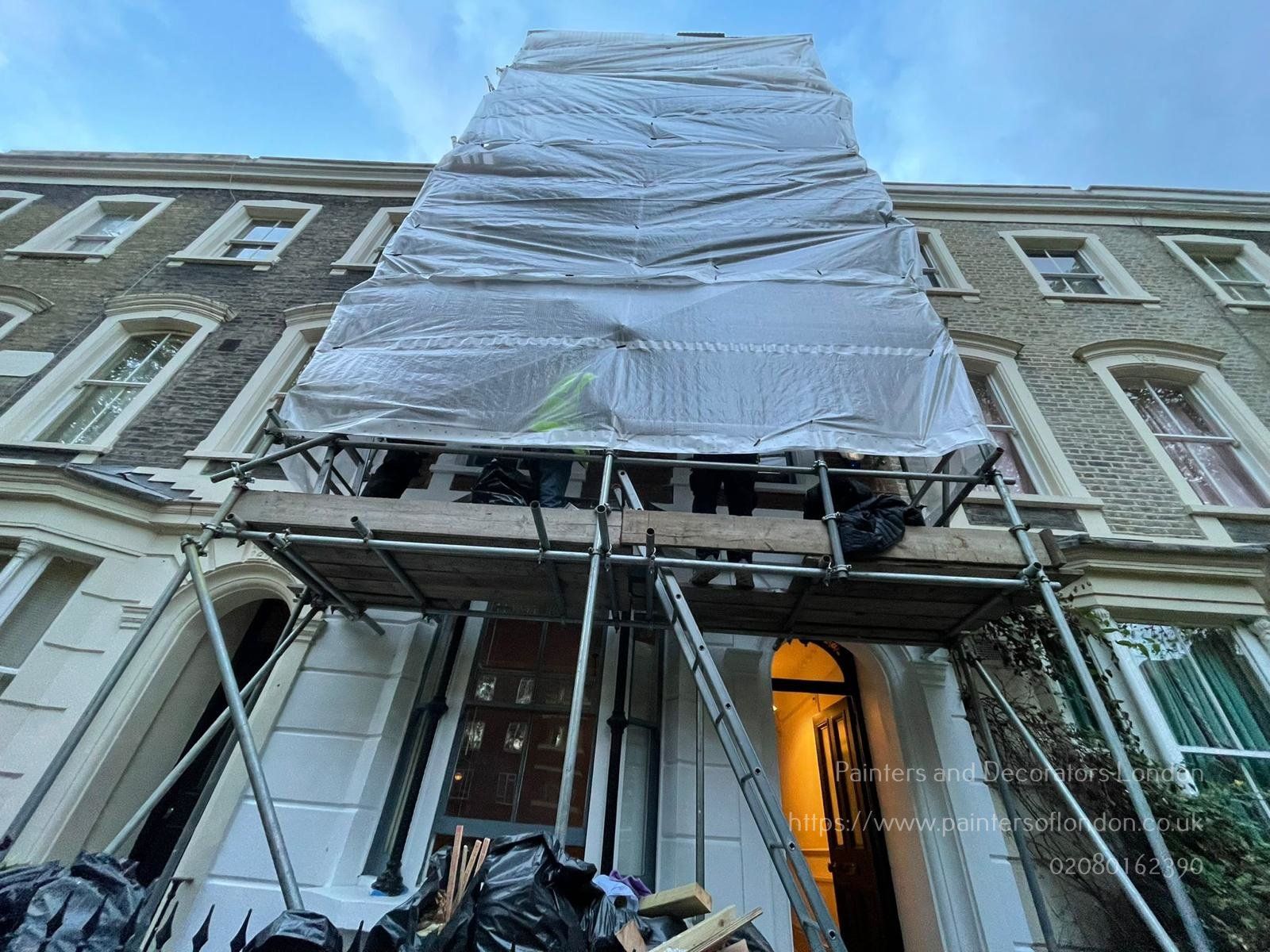
When it comes to home improvement projects, painting is often considered one of the simplest yet most effective ways to enhance the appearance of a property. However, if you're a homeowner in London looking to give your house a fresh coat of paint, you might be wondering whether you need to navigate the complexities of planning permission before picking up a paintbrush. In this article we will cover the factors to consider when it comes to planning permission and painting your home in London. What is planning permission? Planning permission is formal approval granted by a local government authority, usually a council or planning department, for the construction, alteration, or change in use of buildings or land. It is required for most types of development projects to ensure that they comply with local planning policies and regulations, as well as broader considerations such as environmental impact and the well-being of the community. What is permitted development? Permitted development refers to certain types of minor building works and changes that can be carried out without the need to obtain formal planning permission from the local authority. These permitted development rights are set out in legislation and regulations and allow homeowners and developers to make small alterations to their properties without having to go through the full planning application process.

